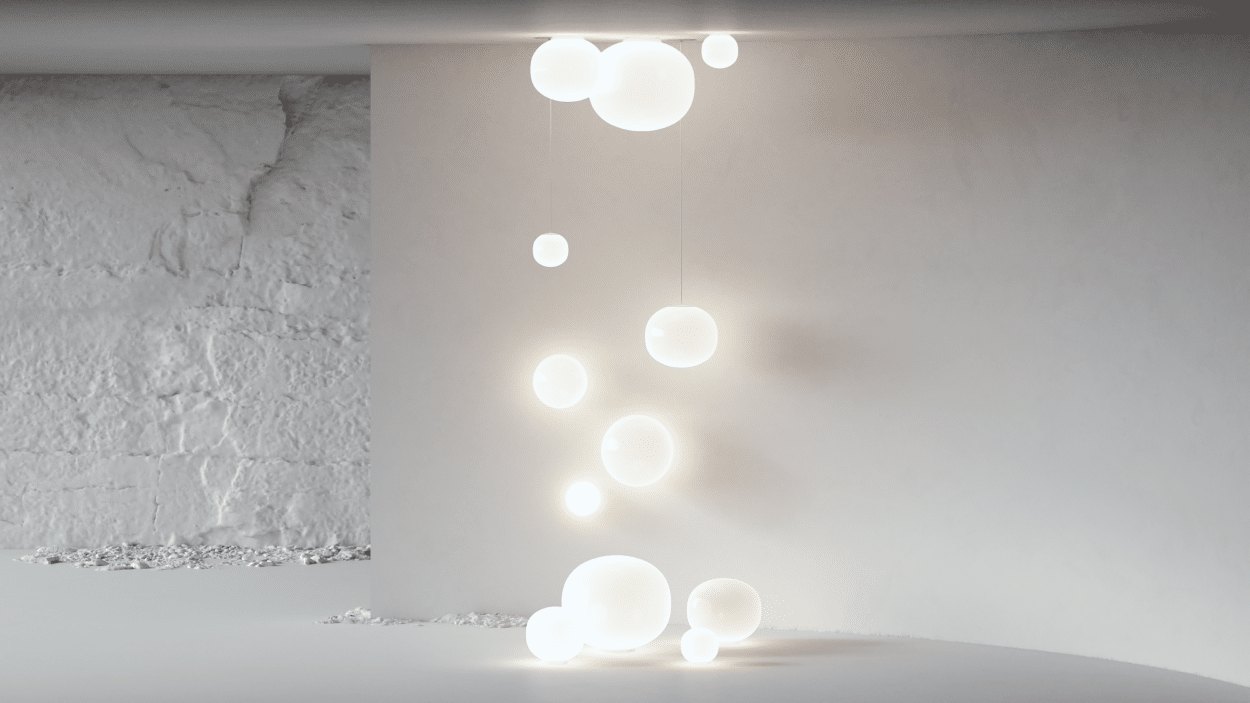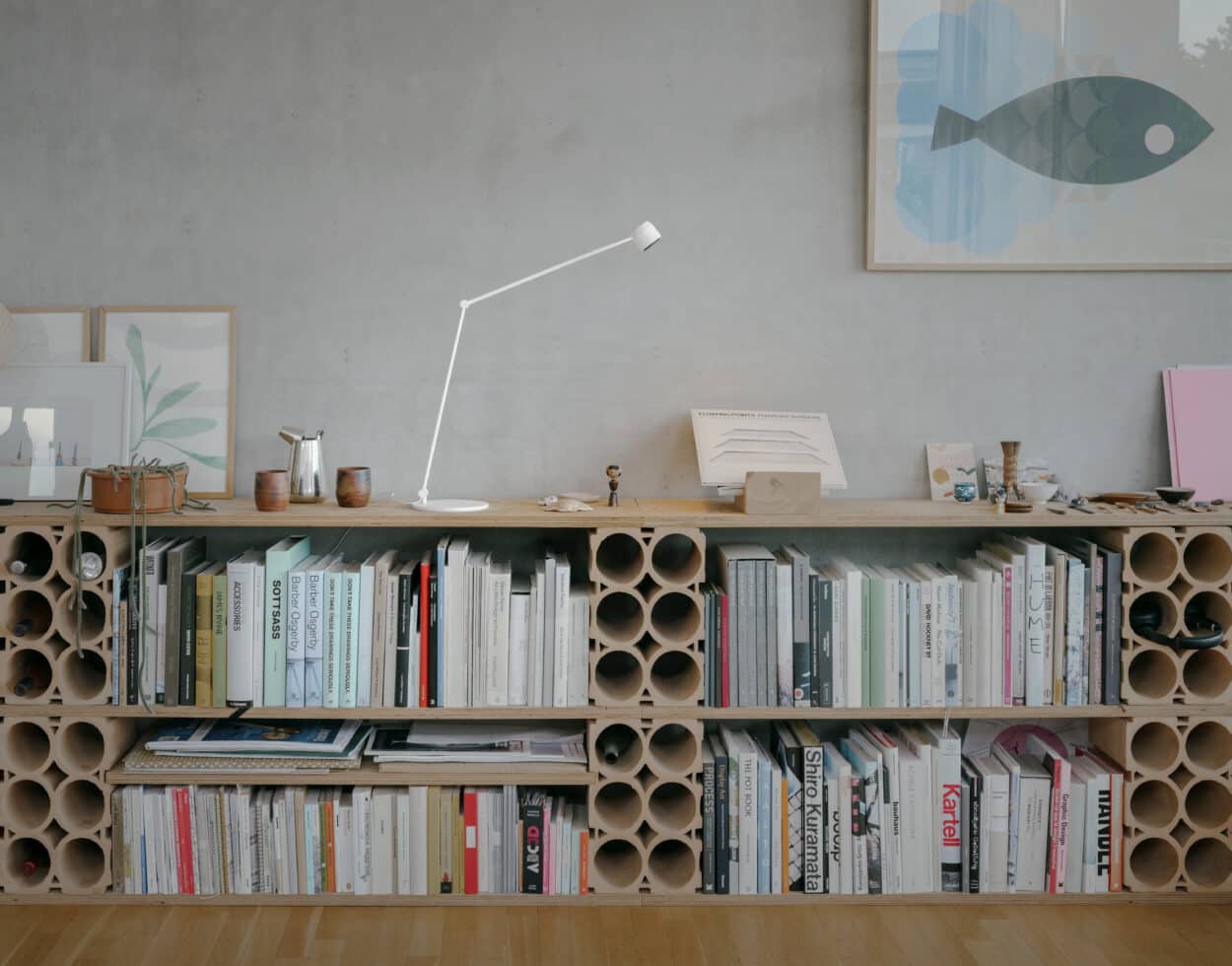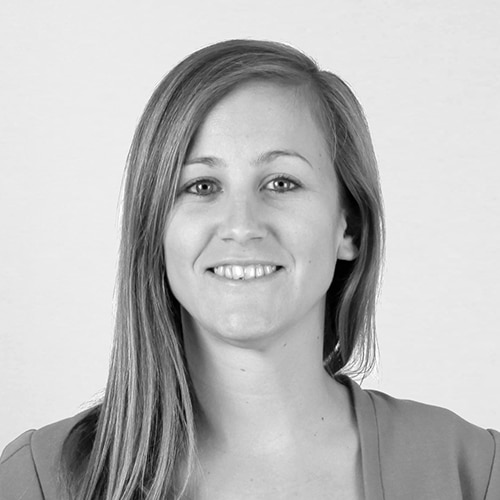During Euroluce 2023, we speak with reputable designers on the topic of energy savings in the lighting industry and how design plays a role. Think circular economies, new design concepts, rethinking “use” and needs, smart solutions and VOC sensors.
Currently in its 31st edition, the International Lighting Exhibition Euroluce unites a plethora of brands in an intricate exhibition designed as an irregular loop, inspired by the street plans of traditional Italian towns. Within the four pavilions, international brands display their latest lighting products with a special focus on the field of eco-sustainability and energy saving in the decorative and architectural lighting technology sectors.
Over the years, we’ve seen the development of new, low-energy, high-efficiency LED sources which include increasingly smart solutions, capable of channeling light accurately. Network control systems have provided users with timed start-up and dimming options, an understandable response to the need for energy optimization. In addition to IoT control systems and AI communication systems, we’ve witnessed early applications of LiFi (Light Fidelity) technology, first unveiled in 2011—LiFi employs light as a medium for data transmission, whereas WiFi uses electromagnetic waves at various radio frequencies.
Does the industry still have room to grow in terms of solutions for energy savings or have we reached a point where we’ve nearly eliminated such concerns? What challenges then remain and how does design impact energy savings in the lighting industry?


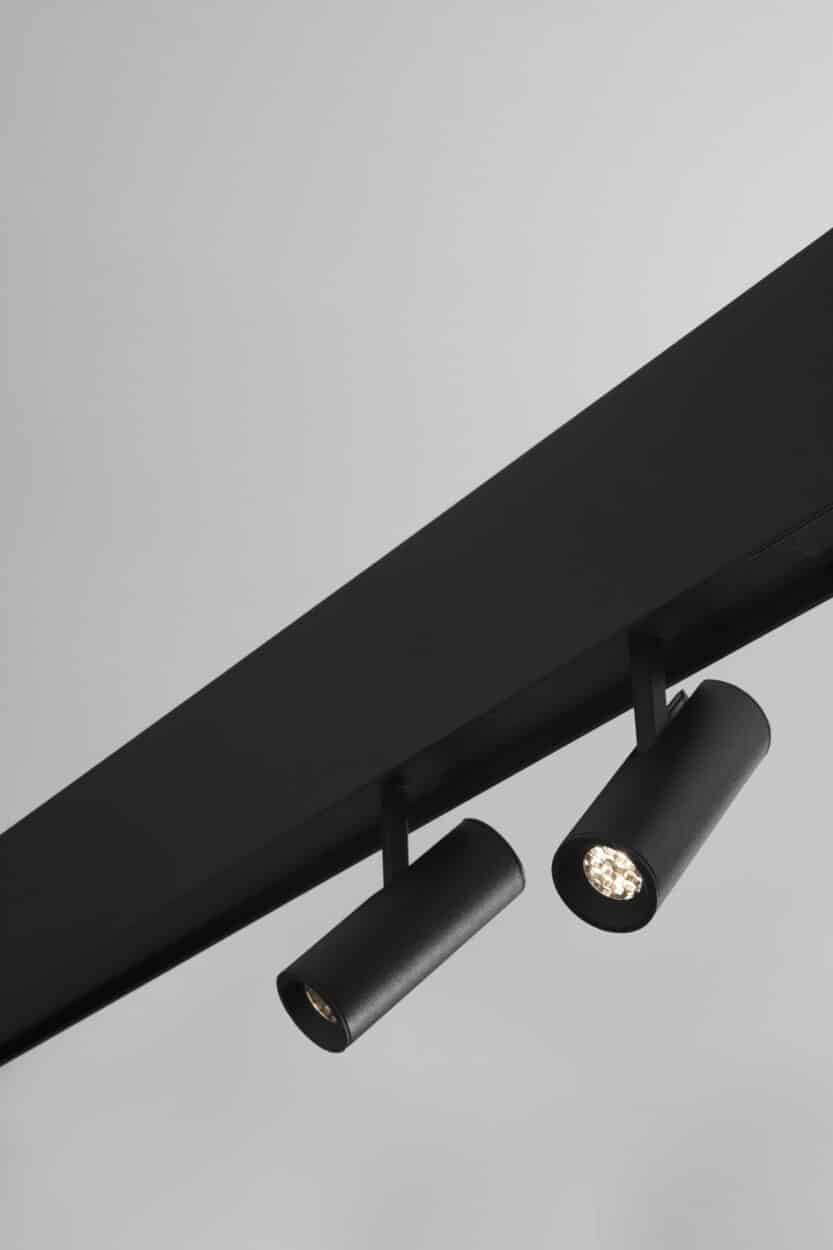
Customization, VOC Sensors for Quality Air Control and Sustainability Reports
Founded in 1976, Linea Light Group began its journey with a natural focus on creating products that would leave as low an environmental impact as possible. In fact, the eco-concern has never played a role in the company’s marketing agenda as the founder himself started the factory as a leader in LED technology manufacturing, the purpose of which has always been to reduce energy consumption.
“We’re working to upgrade all of our lighting fixtures so they consume even less energy but emit more light while the CRI remains high, about 95. The quality and LUX will increase, and the watts will decrease,” Manuel Toso, Marketing Coordinator at Linea Light Srl, said in an interview with ArchiExpo e-Magazine during Euroluce.
Since LEDs have been on the market for well over 25 years and the lighting industry has greatly improved its energy efficiency for production, the major challenge the sector faces today is responding to architects’ needs for customization, according to Manuel Toso. He points to the company’s totally flexible lighting fixture called D Wave, a new concept that allows architects to install the fixture on the floor, the wall and the ceiling; it can also be implemented outdoors. The D Wave is also completely recyclable and, as the name describes, it can bend, allowing both a zenithal and lateral installation.
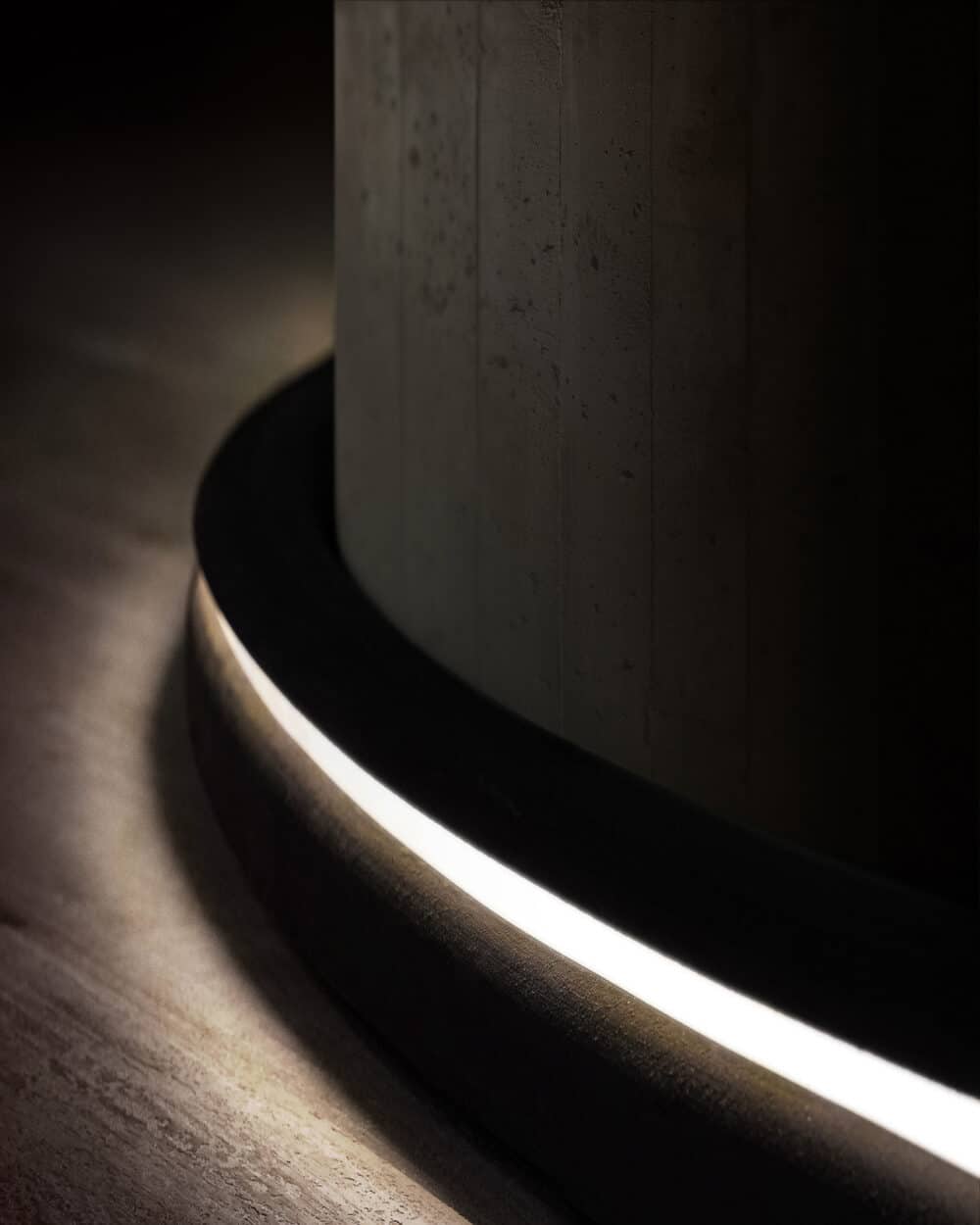

“We’re also working on a VOC sensor that will measure levels of CO² and the quality of the air.”
When detecting poor air quality, he explained, the user can improve the situation by opening windows and or by using the appropriate machines such as a dehumidifier, purifier or air conditioner. This goes beyond energy saving, however, and allows us to focus on the quality of our environment. The company is currently presenting the concept at its stand during Euroluce. While the company firmly disapproves of greenwashing, it does recognize the importance of sharing information; its first sustainability report should be available next year.
In addition to the company’s organic attention to the environment, it places importance on culture and historical elements. This can be seen in its acquisition of Stilnovo in 2019. From the foundation of Stilnovo in Milan in 1946 until the 1980s, the brand produced iconic collections and collaborated with masters of design. By acquiring Stilnovo, Linea Light Group set out to revive this historically important brand while branching outside its expertise in professional lighting.
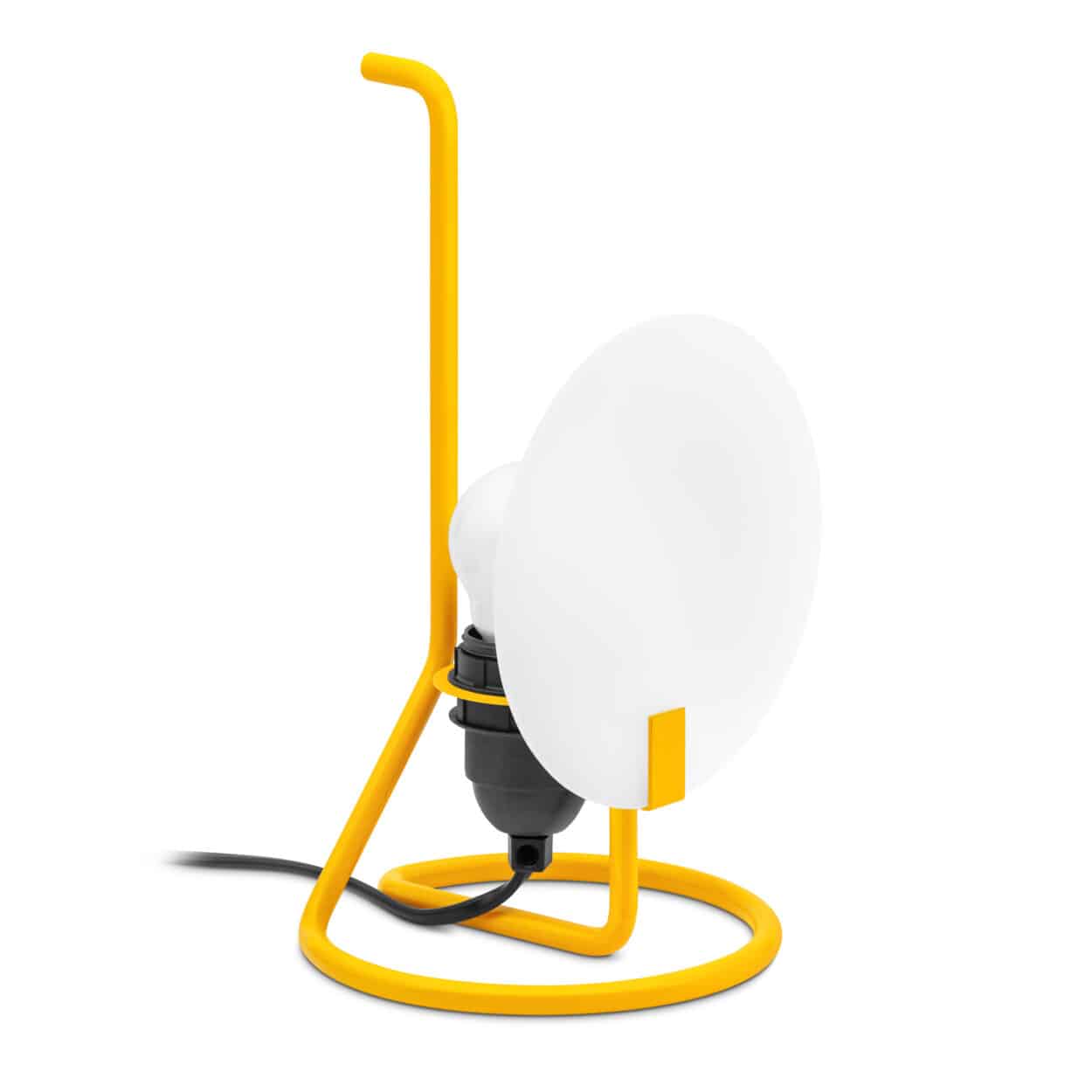
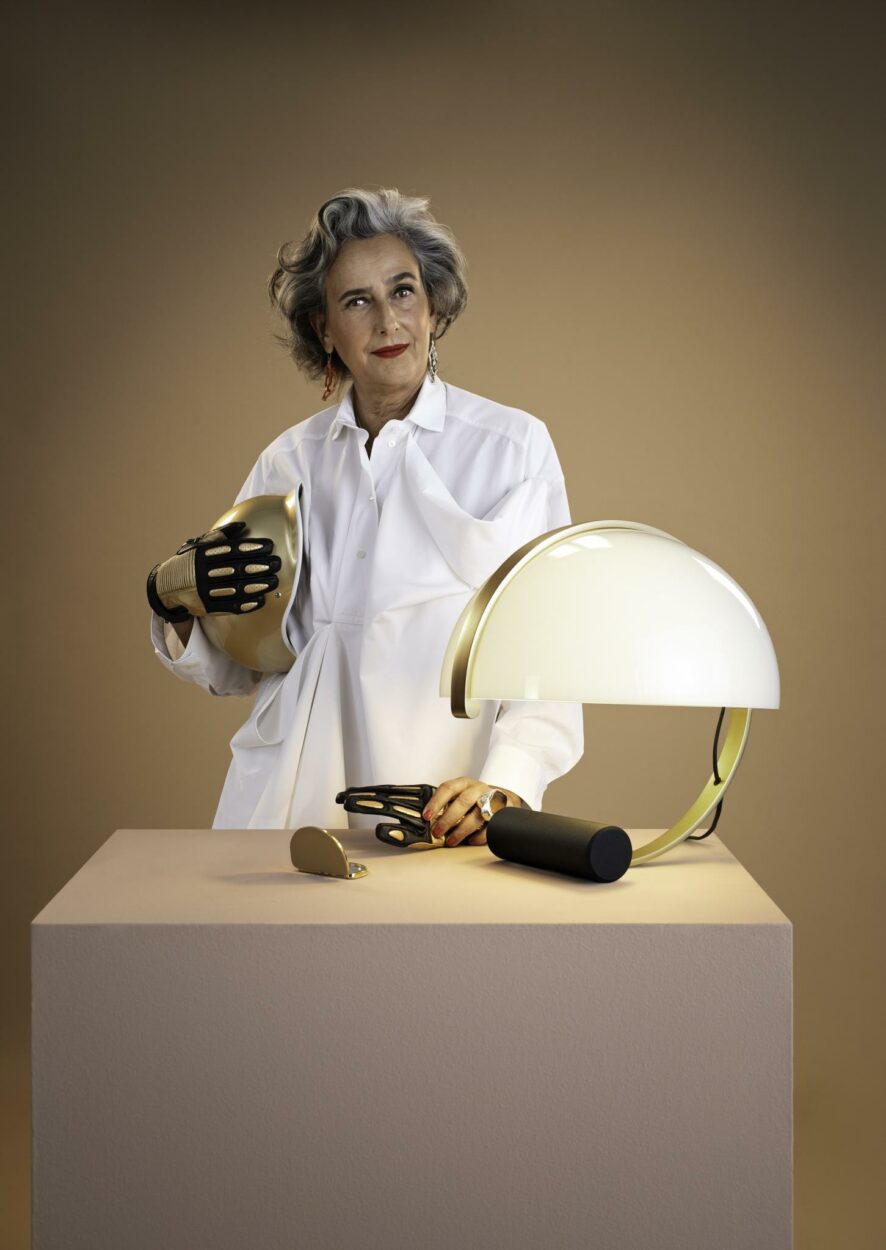
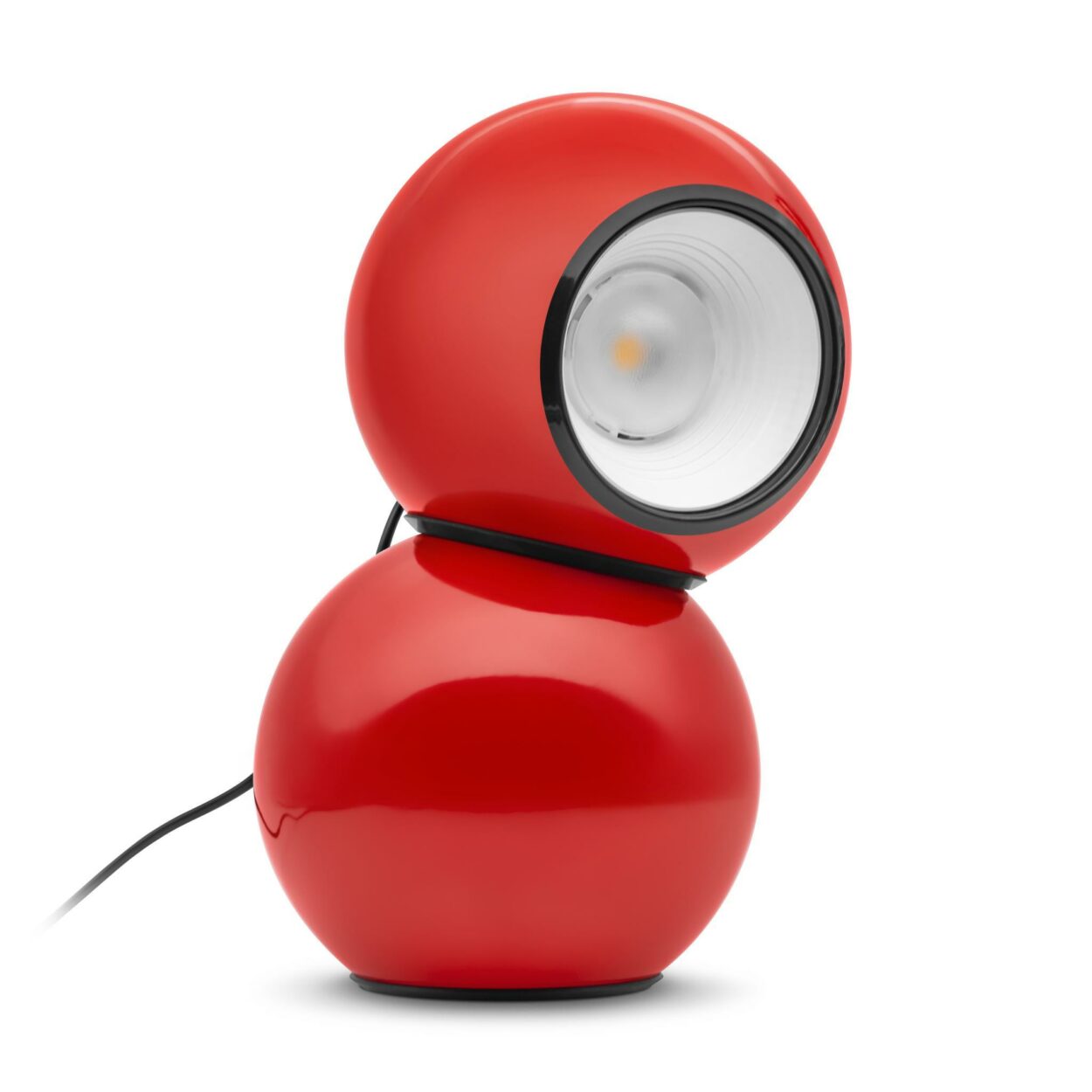
Rethinking “Use” and Basic Needs, Multiple Options to Enhance Energy Efficiency
Swedish lighting brand Wästberg is presenting its new designs in collaboration with David Chipperfield, Claesson Koivisto Rune and Dirk Winkel alongside re-engineered classics by Inga Sempé and Nendo. As impressive as this sounds, the most important aspect of the brand’s exhibition is how each piece has been based on the idea of rethinking use and basic human needs while implementing multiple options in order to enhance energy efficiency.
“The industry has been able to develop and produce products that are very energy efficient but what tends to happen is we use them even more, so the total sum might not be so efficient,” Magnus Wästberg, Founder and CEO of Wästberg said in an interview with ArchiExpo e-Magazine. “In terms of production, we’ve made big leaps but we need to think about how we use light.”
By using less light and placing fixtures in areas where light is truly needed, we can already begin to reduce our consumption, according to Wästberg. In fact, he split the topic of energy efficiency into three categories: production, object and use. There’s constant improvement and development in technology. The speed and scope of development increase so quickly but our mindset doesn’t evolve as quickly, he explained.
“The more important technology becomes, the more we tend to do something because it’s technologically possible, the more we chase technology for technology’s sake.”
How great are smart, connected options, then? Since controlling smart light fixtures requires the use of a smartphone or tablet, which requires energy, we shouldn’t assume the “smart” concept will fit any situation. It might be great for hotels whose employees need to control multiple lighting fixtures but less interesting for the average homeowner—interesting in regards to energy efficiency.

“I’m more into a tactile interaction, but we do offer our products with what’s called a dolly connection, digitally connecting them to control systems,” Magnus Wästberg said. “The trick I’m now pursuing is to offer both.”
Wästberg strengthens the argument against “technology for technology’s sake” by stating how designing a great product requires not only focusing on technology but functionality, aesthetics, user experience, materials, competitive prices and more. The work of a designer needs to be done in a holistic way, he said.
While we could highlight any of the products on display at the Wästberg stand, the w225 Ion by designer Dirk Winkel demonstrates this beautifully. It stems from the result of research, a journey into light technology and mechanical engineering. Its mechanics center around a highly sophisticated miniature friction joint with a cordless power connection, allowing 360° rotation. See the featured image of this article.
Design Needs to Allow Full-circle Thinking
The Salone del Mobile invited Marius Myking to share Snøhetta’s vision on light design, production processes and sustainability as part of its design talks this year. The three pillars of sustainability—social, environmental and economical—have been the guiding principles of the Nordic brand Snøhetta since it was founded in 1989 by Craig Dykers and Kjetil Trædal Thorsen. Venice glass lighting specialist Lodes is displaying the Volum collection (2022), designed by Snøhetta, at its showroom in Milan where Marius Myking took some time to talk with us about how design connects with the notion of energy efficiency in the lighting industry.
“All industries should be about reinventing their business models including production, sourcing, development, logistics; the full circle of production from the beginning to delivery,” Marius Myking, Director of Snøhetta Product Design, said to ArchiExpo e-Magazine. “Understanding how we’re currently impacting the environment gives us the ability to make changes and progress in different areas. It’s not about the design itself. The design needs to allow for full-circle thinking.”
Myking joins the other interviewees in saying great products are multifunctional, fit for multiple spaces, and should offer more with less, meaning less material but greater results. The idea is to reach as many users as possible. In terms of incorporating smart technologies such as LiFi, Myking said it depends on the opportunity.

“If we have an opportunity to implement [LiFi] in a way that hasn’t been done before, we would. It may happen but it hasn’t happened yet. All technologies and innovations happen step by step, project by project, and at some point, it becomes [more prevelent].”
Smart technologies can certainly help users become more conscious of their own energy consumption behaviors, thus strengthening awareness of the overall environmental concern. Similar to Wästberg, Myking also points to how people are using their lighting products as the primary challenge we face today.
“It’s important for top management to work with designers in order to make informed decisions about design. It’s not an aesthetic approach, it’s a strategic one that makes the most out of the opportunities, resources and challenges that you have. If you can balance this in a good way, it helps the company, the bottom line and the whole process. In working that way, you can eliminate a lot of the hindsight you have later on; it’s about trying to foresee a little bit of the future.”
